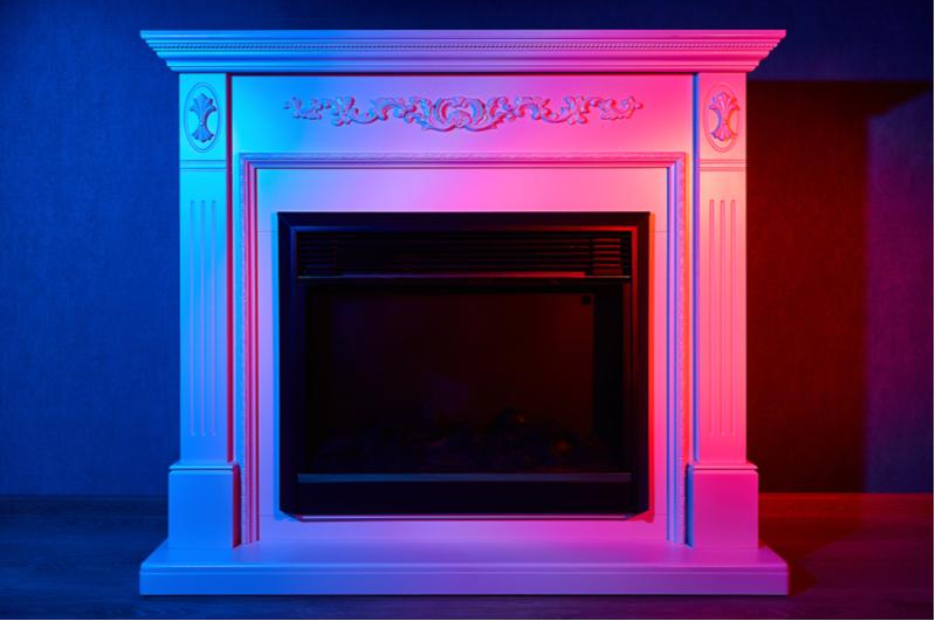This is a sponsored guest post.
Advances in the academic study of color and psychology revolutionized marketing and advertising in the 1980s, bringing scientific grounding to what had previously been locked away in the realm of new-age thinking. For decades, marketing strategists have known and exploited these secrets of color and their effect on human psychology. Today, you can take these lessons scientists have learned about color and transform your home into an intentionally-designed environment for your expanding family.

Mindfully Choose the Right Paint Scheme
Select room colors according to room function when painting your house. Choosing the right paint job can help you affect the mood of each room and create the appropriate ambiance and atmosphere.
Warm Colors
Warm colors, such as vibrant reds and oranges have been shown to increase heart rate and promote overall feelings of excitement. At first, warm colors may seem like an ideal color for a playroom. However, note that in several studies the color red has been shown to increase the intensity and forcefulness of human reactions. In nature, red is a danger cue and triggers the flight or fight response.
Warmer colors might not be the best color for your child’s playroom but could be appropriate for other rooms. Consider shades of yellow for dining rooms, living rooms, kitchens, and other common spaces. Yellow has been shown to help in the treatment of depression. It invites happiness and promotes feelings of well-being.
Cool Colors
In general, cooler colors have a calming effect on humans. Blue streetlights are being installed in public areas in Japan combat higher suicide rates and studies on this measure’s effect show an overall reduction in the number of suicides. Similar studies in Scotland show a reduction in crime in areas where blue lights were installed.
Cooler colors also have been proven to stimulate areas of the brain associated with higher-order thinking. Blue light has been shown to improve the alertness and performance of participants during attention-based tasks. This means cooler colors, such as blues and greens would be an ideal choice for children’s study rooms, libraries, offices, and bedrooms.
Install Functionally Appropriate Lighting
Color is essentially the perceptual result of our brain’s ability to differentiate between different wavelengths of visible light. Our brains react differently when presented with different wavelengths of light. Knowing what different types of light do to our minds and bodies is important for optimizing our home experience. Select lighting that aids in the utility of each room.
Blue Light and Sleep
For many of the same reasons listed above, the presence of blue light disrupts your circadian rhythms, keeping you alert and awake, even at night. Keep bright, blueish lights out of your bedrooms. Instead, use warmer lighting, which does not have an observable effect on human sleeping patterns.
However, you outfit your home office with this type of lighting to fully take advantage of blue light’s effect on alertness and task-completion.
Mood Lighting and LEDs
LED lighting is becoming more affordable and, as a result, more commonplace in the average household. If you want to fully implement the benefits of color therapy in your home, then splash different combinations of color on your walls with smart LED lights, which can reproduce a plethora of colors and hues. This technique works best on white walls.
If you want to further explore the psychological effects and cultural meanings of color, check this site out.
Get Started!
You now have the knowledge and knowhow to use color psychology as a tool to help you craft the ultimate home! Understanding how color affects the brain will help you get the most utility out of each room in your house.
Jennifer Bell is a freelance writer, blogger, dog-enthusiast and avid beachgoer operating out of Southern New Jersey. She writes on behalf of Pizzazz Painting.



